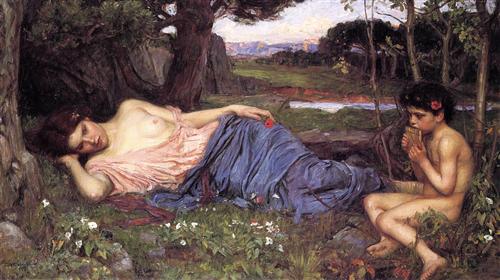
In Listening to my Sweet Pipings, Waterhouse has shown the figure of Earth reclining as Pan serenades her. Notice that Earth holds a poppy in her hand while Pan wears one in his hair. The title of Waterhouse’s painting is taken from Hymn of Pan by Percy Bysshe Shelley.
The notion of Nature as feminine is an ancient one, dating back to Gaia of Greek myth. Gaia is probably the first ‘Mother Nature’ figure and she is depicted as a Primordial Goddess.
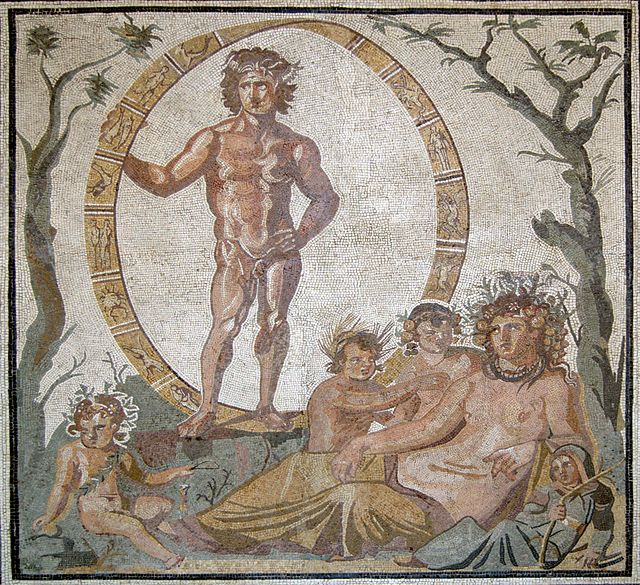
Sir Edward Burne-Jones shares his vision of the goddess of nature in Earth Mother.
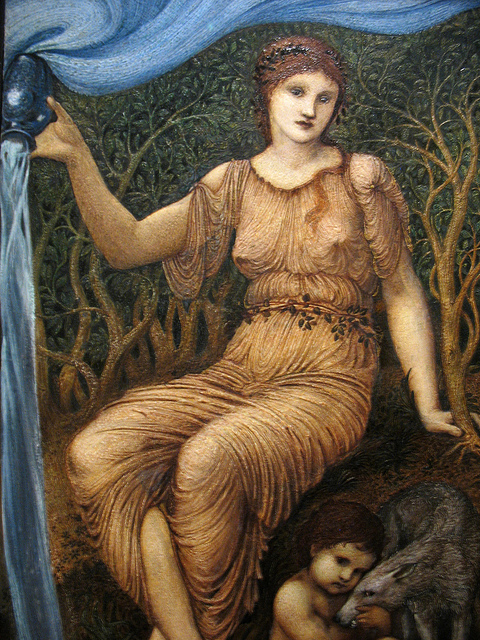
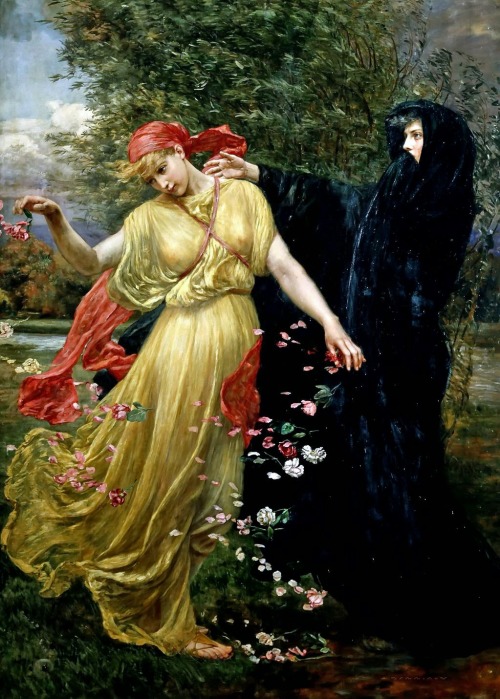
In Prinsep’s At the First Touch of Winter, Summer Fades Away, the vivid contrast of the two figures gives us a dramatic representation of Winter touching Summer. Summer drops her flowers and they cascade around her. Her end has come, nature’s cycle continues to turn.
It’s common to see Pre-Raphaelite artists and their followers depict the seasons as female. Walter Crane depicted them together in The Masque of the Four Seasons while Burne-Jones depicted them individually in a series.

Burne-Jones Four Seasons:
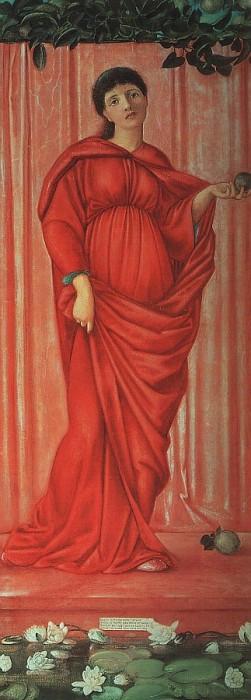
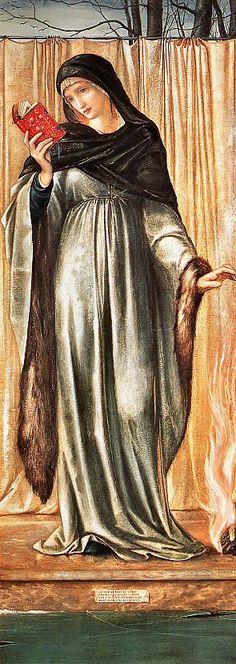
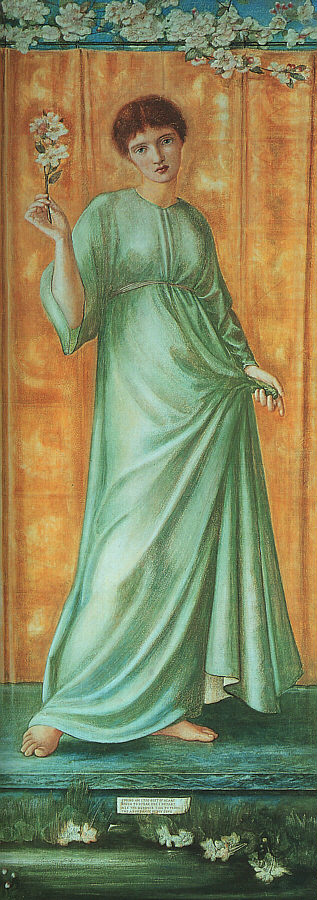
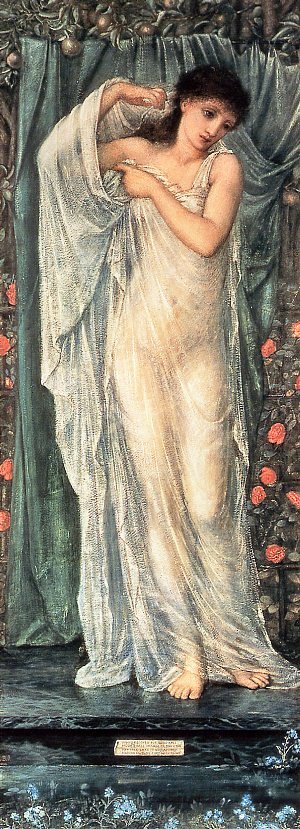
In an era that was the birth of industrialism and scientific reason, to see Nature personified as Divine Feminine was perhaps a way to hold on to its magic and beauty.
I sang of the dancing stars,
I sang of the daedal earth,
And of heaven, and the Giant wars,
And love, and death, and birth.
And then I changed my pipings,–
Singing how down the vale of Maenalus
I pursued a maiden, and clasped a reed:
Gods and men, we are all deluded thus;
It breaks in our bosom, and then we bleed.
All wept–as I think both ye now would,
If envy or age had not frozen your blood–
At the sorrow of my sweet pipings. (excerpt from Shelley’s Hymn of Pan)

Thanks very nice
Lovely now spring is coming hopefully